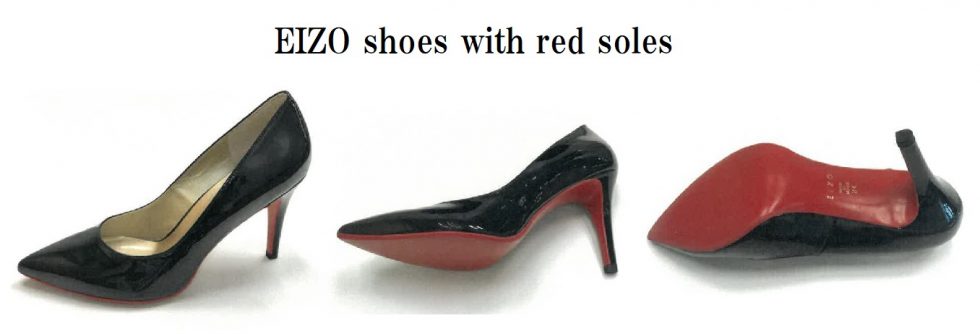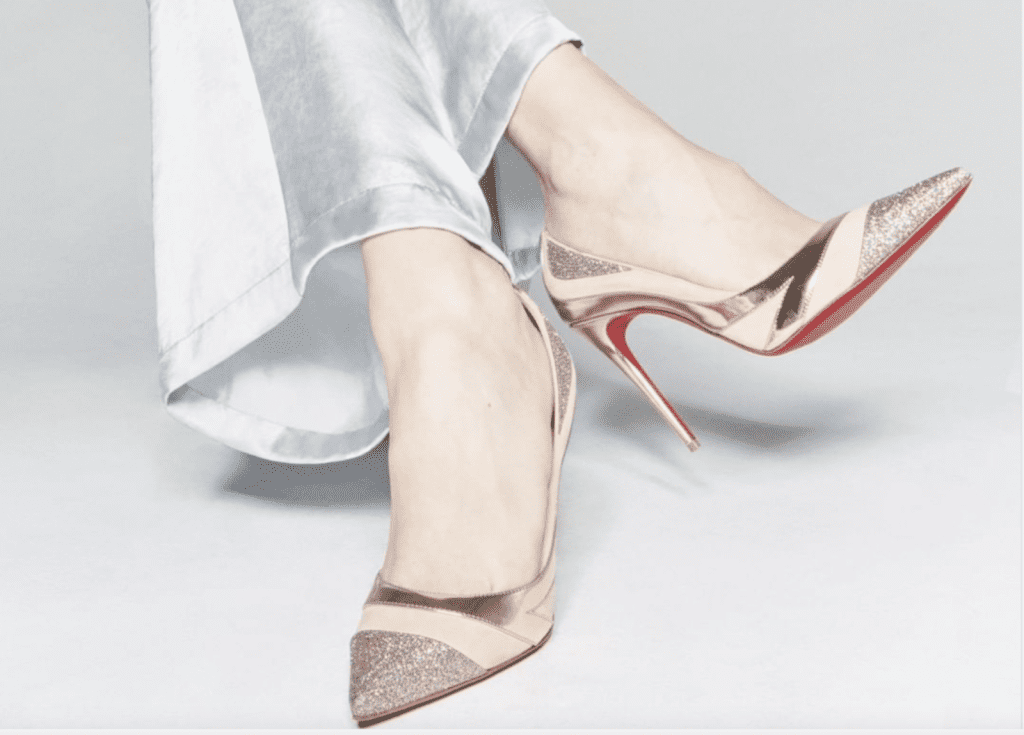Christian Louboutin has been handed its latest loss in a quest to shut down another footwear brand’s use of red soles on high-heeled shoes in Japan. In an order last month, the IP High Court dismissed an appeal lodged by Louboutin, which was looking to overturn the Tokyo District Court’s March 2022 determination that it lacks robust rights in the red sole trademark in Japan (including because the color red “has been commonly used on shoes in the Japanese market to enhance the aesthetic appearance and attract consumers”) and that consumers are unlikely to confuse the shoes offered by it and the defendant, a Japanese footwear brand called Eizo Collection Co.
Against this background (and amid a separate but notable back-and-forth before the trademark office in Japan), the Tokyo District Court dismissed Christian Louboutin’s unfair competition lawsuit, prompting Louboutin to seek intervention from the IP High Court. Taking on the case and affirming the district court’s determination, the IP High Court stated in a December 2022 decision that likelihood of confusion among consumers – the critical element in Louboutin’s lawsuit – when it comes to the two companies’ shoes is low.

Specifically, Osaka-based trademark attorney Masaki Mikami states that the court placed particular weight on the following factors in its assessment of likelihood of confusion: Primarily, the court held that “relevant consumers of high-heels (women from their 20s to 50s) are most likely to try on multiple pairs of shoes at a brick-and-mortar store” – presumably paying attention to the brand(s) at issue at the point of sale – “and select the ones that fit them prior to the purchase.” At the same time, the court noted that the market for women’s high heels “can be divided into three categories: (i) luxury brand products, (ii) affordable brand products, and (ii) inexpensive no-name products.”
The court stated that Louboutin’s shoes, which are priced at JPY80,000 ($613) and over, “undoubtedly” fall within the luxury category. Meanwhile, Eizo’s shoes, which retail for JPY17,000 ($130) or less, exist in a separate category and thus, occupy a different position in the market.
Beyond the consumer attention and market positioning points, the court found that “every high-heel [in the market] bears a brand name or logo on the insole,” which enables consumers to “easily” identify the source of the shoe and distinguish it from other brands, which further diminishes the potential for consumers to be confused as to the source/nature of the shoes. And finally, in an e-commerce capacity, the court states that “websites not only post images of shoes but also the brand and [other information about] the respective goods,” thereby, diminishing the potential for consumers to confuse Eizo’s offerings with Louboutin’s footwear. (Focusing on an initial interest/point-of-sale capacity, it is worth noting that the court does not speak to the potential for consumer confusion from a post-sale point of view.)
Addressing consumer survey evidence previously presented by Louboutin, which the brand collected in order to show that consumers associate the red sole with its brand (and thus, that the mark has acquired distinctiveness), the IP High Court admitted that “certain consumers may recognize the red soles as a source indicator of Louboutin,” per Mikami. However, the court was not convinced that the results – which found that 51.6 percent of women in their 20s to 50s residing in major Japanese cities and accustomed to wearing high-heels – were sufficient to show that Louboutin’s red sole was a well-known/highly-reputed mark. Specifically, the court took issue with the fact that Louboutin “has not been an exclusive supplier” of red-soled high-heels in Japan.
The court’s skepticism of the survey mirrors pushback from the lower court, which took issue with this survey given that the pool of 3,149 individuals who were surveyed was limited to luxury shoppers, who were not shown a photo of the Eizo’s footwear – only Louboutin’s.











